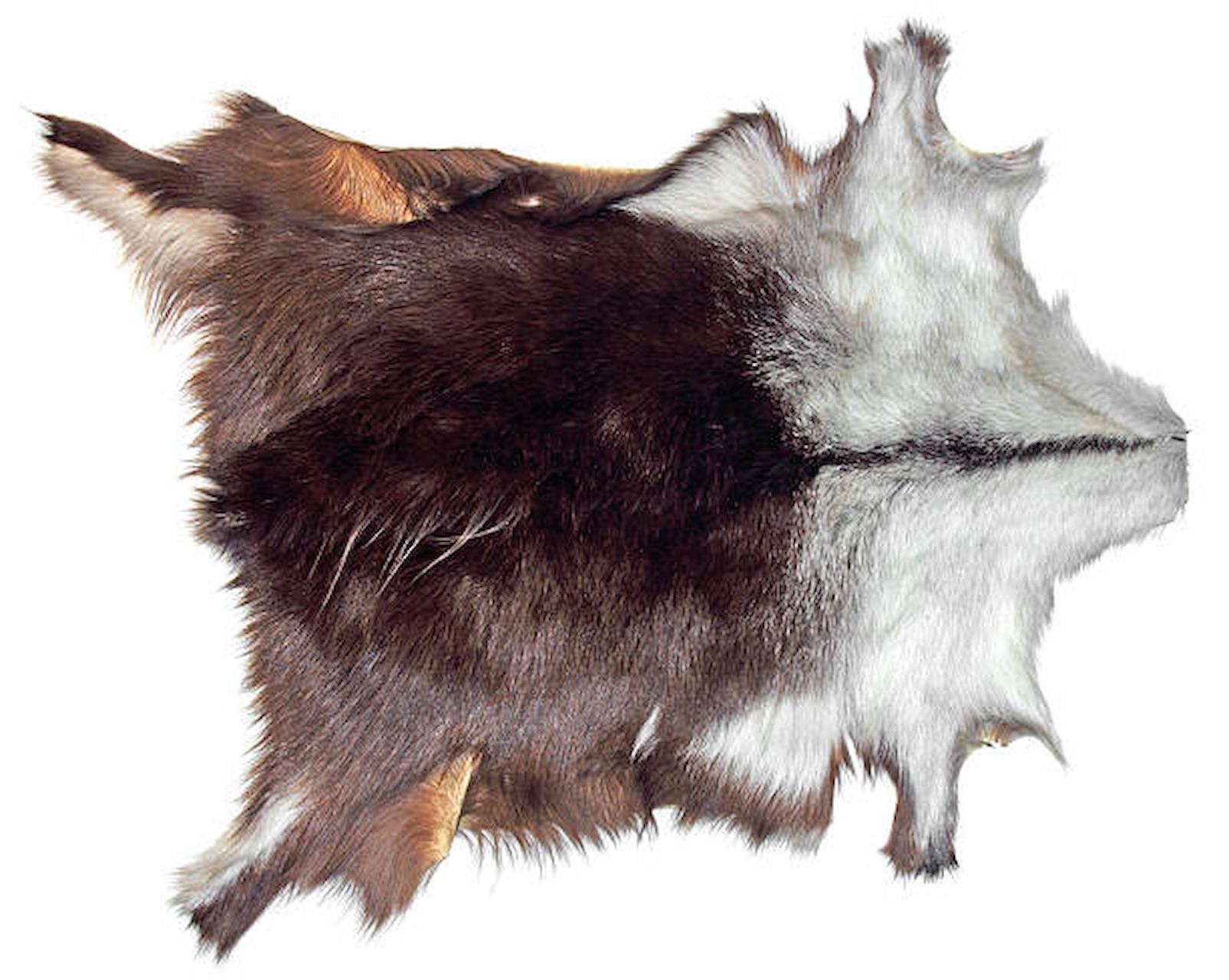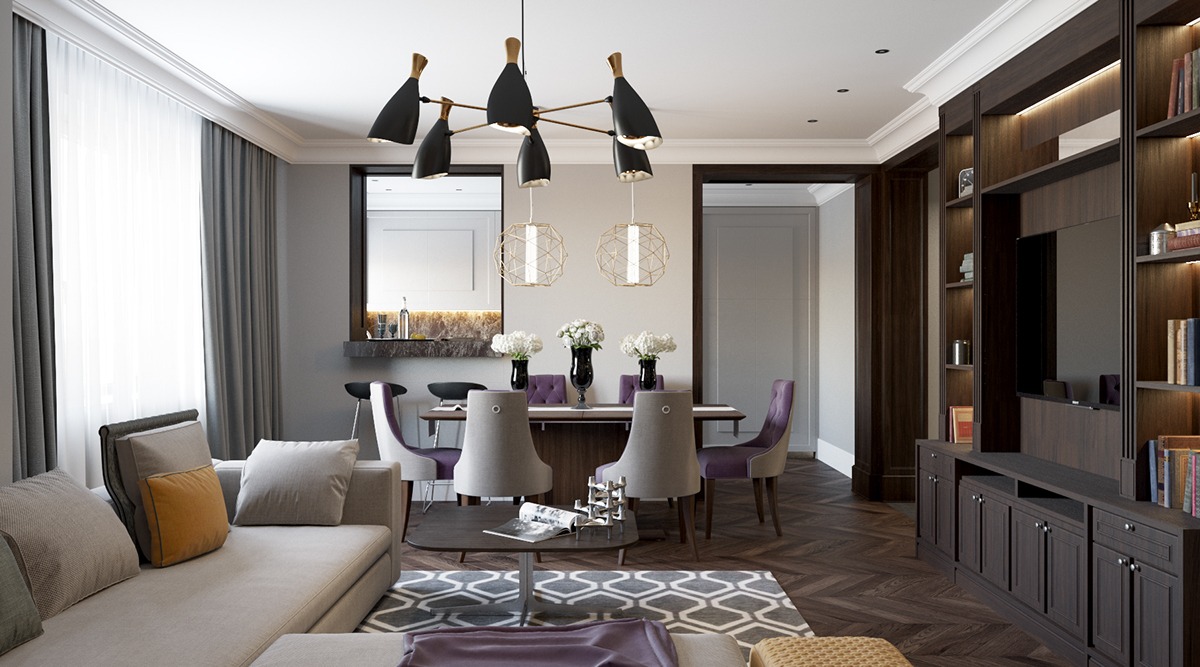Cowhide rugs are a popular way to add natural beauty and texture to a home. They are made from the hides of cows and come in various colors and patterns. They can be used in various settings, including bedrooms, living rooms, and kitchens. They can also be used as a throw rug or a wall hanging, thus providing a great option for anyone looking for unique and traditional home decor. This article will provide the use of cowhide in home decorations.
The versatility of cowhide can be used in home decoration due to its natural characteristics, including being resistant to wear and tear, weathering well, and possessing a smooth surface. This makes cowhide an ideal material for use in items such as furniture, flooring, and upholstery.
A cowhide rug is a natural material with various textures and colors. This makes it a desirable material for home decoration, as it can be used to create a rustic or country look or a more modern or sleek look. This depends on the colors and textures used. As long as the correct dye is used, it can be dyed in any color desired, making it a popular choice for various home decor projects. It is also a relatively affordable material, making it an ideal option for investing in high-quality home decorations without spending a lot of money. All in all, the versatility of cowhides makes it a popular choice for home decoration projects. It can wrap your furniture in natural-looking depth and color as a decorative material.
Cowhide also has a more porous surface, making it possible for liquid spills to seep through the pores and reach deep into the fibers. This can then be cleaned by using rugs and household detergents to clean upholstery without causing damage. The hypo-allergic property enables it to be used in places with a potential risk of allergic reactions to the skin. It can be used in environments where you are likely to contact people who suffer from them.
These benefits make cowhide the ideal fabric for making home-decorating items from today’s trendiest design standards, such as “blending in” with the environment or “adding value to what you already have,” which are two design approaches considered in top home designs.




